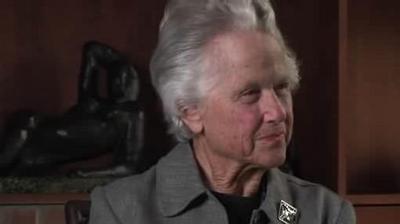
In this first clip, Eisenstein describes the conditions of scarcity that characterized the book as artifact in the age of the scribe. Thereafter she describes the printed word's role in the reformation, and how this served to transform the Catholic church's view of print - towards which it had initially been positive - and sparked attempts to control its influence.
Please note that this is the only clip not yet authorized for re-use, but only distribution. Contact us for any further information.

Darnton has spent much of his career investigating the system of information control in eighteenth century France prior to the revolution of 1789. This research brought him to Neuchatel in Switzerland, one of the important centers of printing of the period, where materials forbidden in France were published to be later smuggled into the country and distributed through sophisticated networks.

Rheingold recounts how the development of communication technology has removed the power top transmit messages from a tiny elite, and had been a force for democratization. Following Benkler's idea of peer production he explains how the diffusion of many-to-many communication technologies enables new forms of collective action.

Martin Luther's theses launching the Reformation can be considered the first object of p2p distribution; spread beyond their original audience without authorization. Vaidhyanathan describes how states quickly moved to control information flows through licensing and other methods. Communication technologies change the way in which identity is lived, deterritorializing the subject from their local physical environment,and open up new visions of the possible.

Even before the birth of copyright laws in the strict sense, there already existed systems for the control over information reproduction which gave the owners of copying equipment a stake in cultural production. Moglen sketches the history of copyright law as a form of industrial regulation, and analyses how the changes in technology have thrown the roles created by those laws into crisis. Where once control resided in the physical artefact itself, digitalization has forced the law to step in and control access rather than just copying.
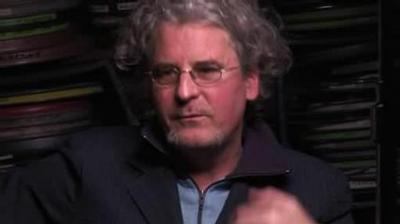
Baldwin was sceptical at the proposition that the current upheaval in the media industry, sparked by digitalization, could lead to a more heterogeneous and decentralized media environment. His doubts are born from experience of previous technological changes, such as home video. His view is that these innovations are quickly absorbed by the media conglomerates and he argues that power is in fact being consolidated rather than broken up. His view is quite dystopian but provides an important counter to technological messianism. For him, critical agency is the necessary key to change, which tools can't provide.
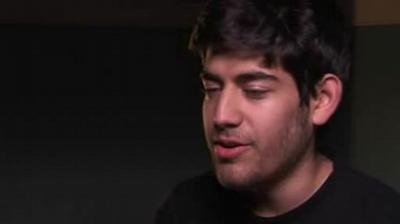
Here Swartz describes the nature of the shift from centralized one-to-many systems, such as broadcast television, to the decentralized many-to-many topography of network communication. The end of scarcity in transmission capacity poses the question of how to finance information production and how people can find their way through the abundance; search engines and collaborative filtering mechanisms have become both essential tools and points of control. These systems paradoxically exercise a renewed centralizing influence due to the social entrenchment of the 'hit' phenomenon. Can technical design help to counteract this tendency?
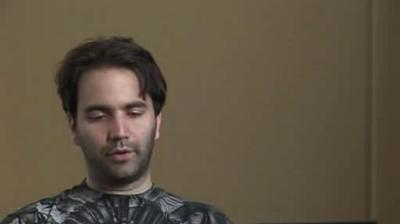
Bram Cohen is the author of the BitTorrent protocol, the preferred method for the distribution of files using distributed networks. Here he outlines the background to BT's development and the engineering problems it was designed to resolve. Thereafter Bram discusses the reasons for the failure of pay-for-access models on the net, and explains why advertising has become the preferred form of monetization of online 'content'.
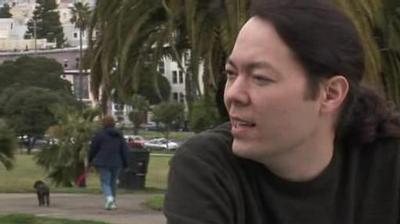
Von Lohmann chronicles the legal actions which have met new media technologies for more than a century, demonstrating that neither current conflicts, nor the extreme language, are unprecedented. He goes on to outline how the lawmaking process in the United States structurally provides incumbent industry players with an advantage. Lastly he challenges the notion that Digital Rights Management (DRM) systems will provide an antidote to the copyright owners' woes.
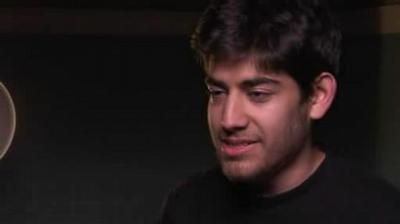
From its inception in 1999, Napster was pursued by the music industry who succeeded in shutting it down. By doing so, they drove users towards decentralized methods of sharing with no centralized point of weakness. This was made possible network architecture or the so-called 'end-to-end principle'. Swartz outlines how thereafter industry tried other approaches such as digital rights management, which collided with the essential nature of computers as copying machines, and legal threats. While none of these strategies succeeded in stopping sharing, they have impeded the further development of p2p technologies (ion this see also Fred von Lohmann's interview). Arguably these events have encouraged a shift towards web 2.0 sites where users hand over control of their work to centralized sites based on advertising models. Could this trend be reversed in the future?
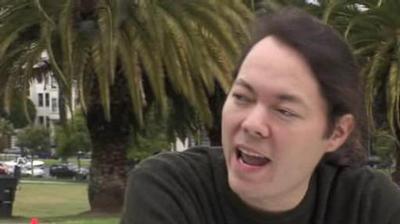
Copyright law was traditionally a set of rules used amongst industry players such as publishers, entertainment companies and hardware producers, to settle disputes amongst one another. With the spread of media production technology into individuals homes, the terrain has shifted and the law is being used against users. Fred von Lohmann describes the escalating legal campaign against p2p that started with attacks on centralized sites, moved on to prosecuting software developers and finished up attacking individuals. The media industry has also succeeded in introducing laws which criminalize copyright infringement, and is attempting to associate the activity with terrorism so as to get more traction behind its efforts.
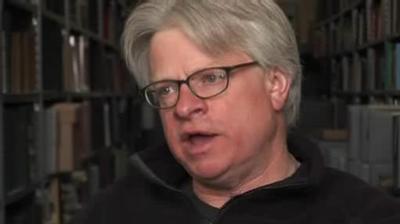
Here Prelinger underlines how innovative technology opens up new visions of the possible, but stresses that their ultimate effect is contingent on other factors. Many media platforms simply die and are not heard from again. Regarding copyright, Rick describes its emergence from an esoteric subject to a consumer issue, but emphasizes that from the point of view of cultural production, access to original materials will go on being more important than copyright issues in most cases. In closing he calls for a dialogue between users and producers of culture, to establish a new compact.

Individuals have a stake in the fight for control over the information environment that goes beyond the lust for free entertainment. Here, Benkler discusses the growth of user autonomy, the possibility to be makers of our culture rather than remain merely passive recipients, as was the norm in the industrial system of information production. Those who formerly had control resist these changes for different reasons, be they the media industry through DRM, or teachers warning their pupils away from wikipedia.

Cohen discusses technological trends and how changes in the cost of production and distribution are playing out in the areas of music, film and computer gaming. He analyzes how the respective business models of those industries leave them with different possibilities to adapt to the new environment.
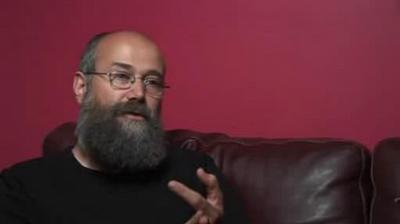
Does the end of exclusive control over copies spell the death of cultural production? Yochai Benkler thinks not. While the music industry makes money off CDs, musicians supports themselves with performances. He points out that the film studios, on the other hand, take a large part of their revenues from performance and less from media commodities. He outlines how the changing cost structures in film and music production are enabling new stratums of society to create.
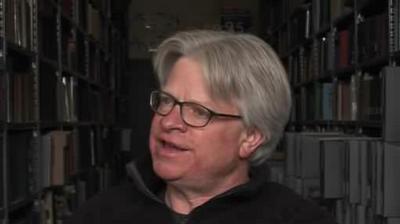
Rick Prelinger is the creator and curator of the biggest moving image archive on the internet offering material that can be reused for commercial purposes. Here he explains why he put the films, which he also sells as stock footage, online and what the results have been. He talks of his offline library without computers, and how that relates to the value of serendipity in the time of rthe query driven information environment.
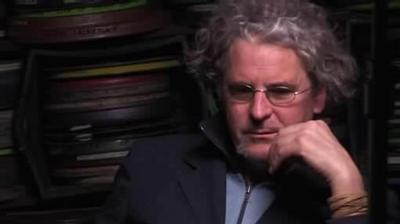
Craig Baldwin is an appropriationist filmmaker and operator of 'The Other Cinema' in San Francisco's Mission district. His film Sonic Outlaws was the first feature documentary that directly addressed the emerging conflict over copyright in the early 1990s. Here he introduces the logic behind his appropriationist approach, aesthetic, economic and semiotic. His approach challenges proprietary views of cultural objects and he considers the risks in his practice.

The opportunity to produce culture, rather than just consume it, is the result of increased access to powerful computers combines with their networking in a decentralized architecture. Rheingold points out that the potential of technologies has often been realized through their reception by users rather than the manufacturers themselves. Those at the top of the media industry have a basic interest in resisting these changes. Their survival should not be what concerns us, but rather the health of culture, and the potential decentralized collaboration offers for the solution of longstanding problems.

Piracy is a term used to stigmatize but Liang contextualizes the term as an instance in the long history of 'commoning', where people organze themselves outside of hierarchy and property. He identifies the real threat to industry in the chance they may lose control of production as well as reproduction, as users become aware of their own potential. Finally, he underlines how in previous areas prohibited works were surpressed and destroyed, but argues that nowadays these works can survive in private digital so the past of loss and erosion need not repeat itself.